“The only way forward is to fundamentally change,” says CEO Kristin Dunne, describing Tourism Bay of Plenty’s ambitious destination plan called The Love of Tourism. To make fundamental changes, destination marketing organizations (DMOs) often require an expanded organizational mandate, and this case is no different.
In part one of this two-part interview, Dunne explained why regenerative tourism and social license are the heart of the new plan for responsible tourism growth. Start there before you continue with part two.
Then, read onward to find out how Tourism Bay of Plenty’s The Love of Tourism plan came to be, thanks to an expanded mandate and support from a significant, non-traditional tourism partner. She describes innovative new roles within her organization and recommendations for other DMOs looking to nurture a more responsible tourism economy.
David Archer, Editorial Manager, Destination Think: How did you find the support and funding you needed to complete an ambitious, long-term project like The Love of Tourism?
Kristin Dunne, CEO at Tourism Bay of Plenty: Funding in New Zealand is difficult and it’s the major limiting factor for tourism management. When I came into this role in May 2016, I knew we needed to fundamentally change Tourism Bay of Plenty’s role in the community, our purpose and our values. I looked overseas to find examples of what we should be working towards with our transition into a destination management organization (DMO).
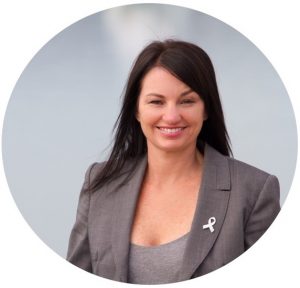
Kristin Dunne, CEO at Tourism Bay of Plenty
New Zealand’s DMOs are still promotionally focused, so we’re probably quite far behind other parts of the world. At Tourism Bay of Plenty, we’ve been through a funding request to change our structure and add a development focus to our promotional focus.
We reached out for additional funding for those development resources and also to do this work with Destination Think because when I started to look for global thought leadership, Destination Think were it for me. I learned so much. I connected with William [Bakker, Chief Strategist at Destination Think] and asked for a peer review of our annual plan. It all evolved from there.
Together, we did Place DNA® work and then a destination development plan.
Place DNA® has helped us to become clear about who we are as a destination. This has been gold for us.
We’re just starting to implement The Love of Tourism, but we have a really clear picture of our DNA. Our people (community) have given this picture to us, so it has huge authenticity and truth to it. Destination Think have helped us to become incredibly proud and confident in it, without trying to be all things to all people or to be like another successful destination.
Taking this confidence forward, have you also found support from within the tourism industry? Can you share an example?
Air New Zealand are an amazing partner. They have a huge focus on sustainability themselves, so they’re very committed to our set of values. When I started in the CEO role I sat down with them and said, “Why don’t you work with us like you do with other regions?” They said, “Well, you’ve got no strategy and you’ve got no story.” It was brutal, but fair.
We set about creating our strategy, which became our overarching, 10-year strategic framework. The destination development process that we’ve been through with Destination Think now has helped us put fruit on those vines, but that overarching framework is still the umbrella document to all of this.
We did that piece of work and Air New Zealand were very impressed by it. They came on board to the extent that when we were looking for funding from our council, they stood up and said, “What you give, we will give (in kind) too.” They offered to match the funding for the next 10 years, which was enough to incentivize council to make a decision. The value of that partnership is huge. Air New Zealand has a real interest in how we’re trying to change the model of regional management in the country and so they see us, with a couple of others, as thought leaders in that space. We work with them across the whole spectrum of activity, from strategic partnerships, to retail campaigns, to partnership campaigns, to capacity management and everything in between.
For example, they’ve just put in a new airline lounge in our airport to add to the visitor experience. They work very actively with DMOs on the ground, and it works well for both partners. The airline gets capacity management and improved demand on their routes, and we get their skills and marketing engines to work alongside us.
What are some of the tangible actions your DMO is taking as a result of The Love of Tourism plan and its vision?
In the last few months, we’ve appointed three roles on the development side of our organization.
The first role is a person responsible for research and insights, which is fundamental, because in New Zealand, the regions don’t even know how many people are coming to them. We don’t know the volume. We need to understand what the tipping point is, and how many is too many.
We have also hired a destination developer. It’s a new role in New Zealand; we’re learning as much as we can from like roles around the world to understand it. This person will lead the implementation of the development plan, making sure everything we develop from here aligns to The Love of Tourism. They will also make sure that the Bay of Plenty experience is one that’s transformational. We’re going to need to add more resourcing to this area over time.
The third role we added is a Māori word called Kaihautū, a specific Māori economic development role to work in partnership with our Māori community and ensure we’re making these changes with our Indigenous people, not to them or against them.
Is there anything you’d like to say to other destination marketers who want to create sustainable or regenerative tourism, who are truly trying to put actions behind aspirations like these?
We absolutely don’t want things to just be words on a page. We’ve been in this strategy and vision phase for three years now, so we feel confident. We’ve done a lot of consultation, we’ve listened a lot and have asked a lot of questions. Now we’re at a point where we can confidently start to enact it.
That said, we only know what our next steps are. We have to be very comfortable in this place of uncertainty – a place of collectively not knowing. We don’t know what the next 10-year journey is going to look like, but we do know what we need to do in the next 2 to 3 years. For our team, that has meant having the right people on board who are passionate about the vision of what we’re trying to do and who can help put the building blocks in place. These team members also need to be comfortable with degrees of ambiguity and uncertainty.
Our next plan will be a three-year view. It will take very confident steps towards our much longer 30-year vision. That pathway is going to change all the time, and that’s the beauty of it.
For other organizations that embark on this type of planning, it’s about taking the time to think, to ask questions, to challenge everything and to drop your existing worldview.
Be brave enough to think completely differently. Sometimes, those in our industry say that you can spend too much time on strategy and not enough time on execution – and yes, you can – but we know now how to execute our plan to be successful, instead of just doing what has been done before.
We have built confidence that this is going to be the best thing for our community and our industry and our visitors. The time it has taken to get to this point has been worth it.
This interview has been lightly edited for clarity.
To hear more from the world’s destination marketing leaders, subscribe to DMO Matters, our weekly digest of innovation and trends.
Featured image credit: Tourism Bay of Plenty

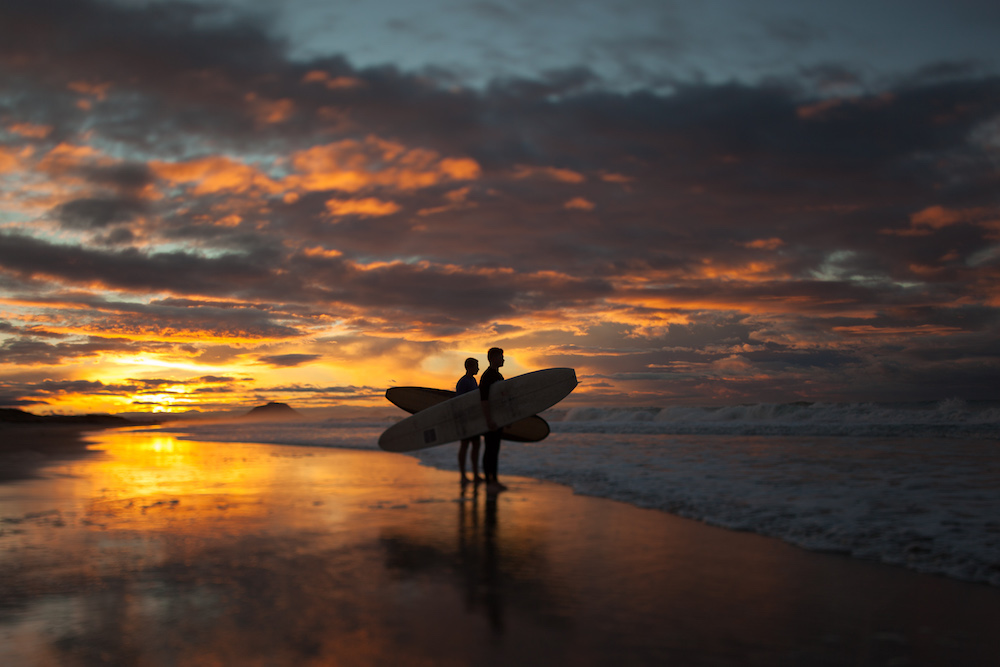

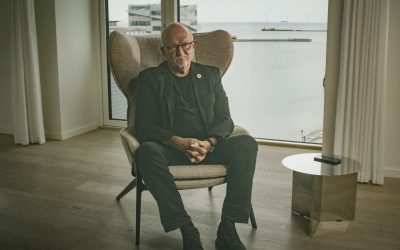
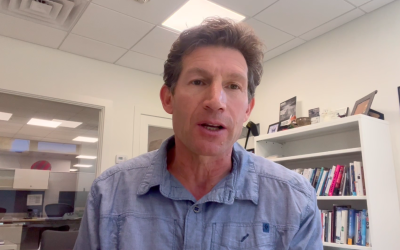
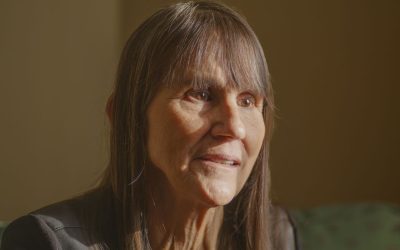



“Having the right people on board who are passionate about the vision of what we’re trying to do” – This quote emphasizes on one of the most important things any team needs.
Cool article, thanks!